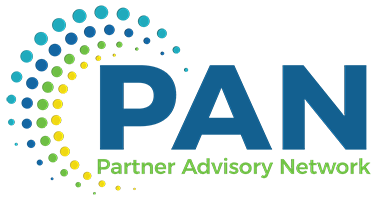As you may be aware, the No Surprises Act was introduced in 2020 to establish new protections from surprise billing and excessive cost sharing.
On September 30, 2021, the interim final rule “Requirements Related to Surprise Billing; Part II” was released by the Department of Health and Human Services, the Department of Labor, the Department of Treasury, and the Office Personnel Management.
Under the No Surprises Act, this rule implements additional protections against surprise billing to include provisions related to good faith estimates to uninsured patients, the independent dispute resolution process, the patient-provider dispute resolution process, and added privileges to external review.
No Surprises Act Basic Facts:
Who:
- Healthcare Facilities
- Providers providing services for healthcare facility patients
- Air Ambulance Providers
- Health Insurance Plans.
What:
- Emergency Services at out-of-network facility
(does not apply to non-emergency services at a out-of-network facility) - Emergency services provided by out-of-network providers at in-network facilities
- Additional nonemergency services provided by out-of-network providers at in-network facilities (to include anesthesia, pathology, radiology, neonatology, laboratory services)
- Out-of-network air ambulance services
Why:
- To protect patients from receiving surprise medical bills for emergency services, certain services provided by out-of-network providers at in-network facilities, and air ambulance services.
- Establish an independent dispute resolution process for providers and insurers.
- Establish patient-provider resolution process.
- Provide an appeal process for certain health plan decisions
- Increase transparency in the Healthcare System
When:
It will go into effect on January 1, 2022.
One important aspect of the No Surprises Act is the notification requirement.
Specifically, healthcare facilities and providers must notify patients of the protections against surprise billing under the No Surprises Act.
The No Surprise Act notice must be:
- Posted at the provider/facility physical location.
- A link on the provider/facility website that is searchable via the home page.
- Delivered to all insured patients (except Medicare and Medicaid) regardless of network status.
In addition to these requirements, the notice must include:
- A plain language summary of the protections under the No Surprise Act.
- A plain language summary of any state balance billing laws that may be applicable.
- Contact information for federal and state agencies.
For additional information and a model No Surprise Act Notice, visit CMS. To download this information for later use, please see the PDF resource we created.





